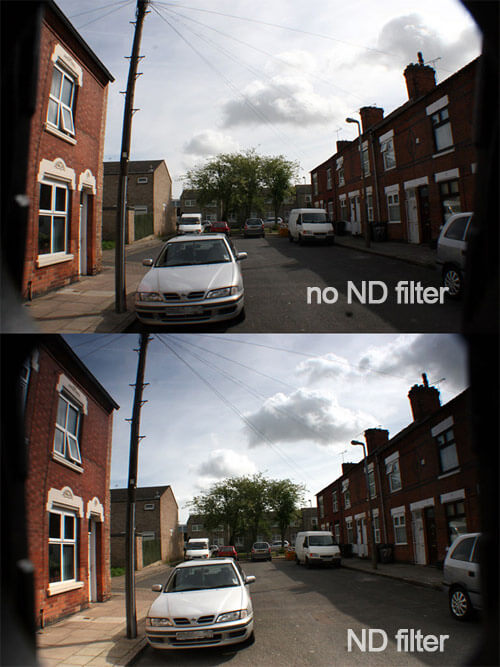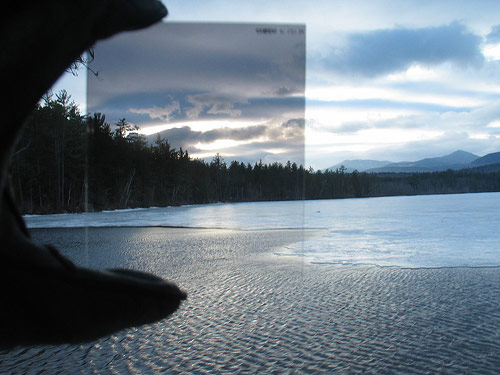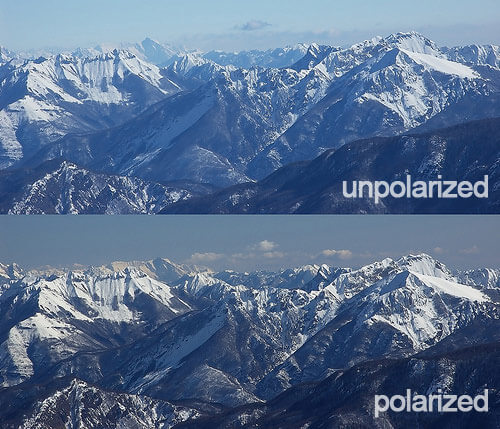What is a camera filter? The technical way of thinking about them is to know that they are usually translucent objects that change the light entering a camera through its lens. The reason to change the light varies, but usually filters are meant to alter the color or light intensity, contrast, sharpness or flare in the final photograph. Most photographers will normally use a filter to get a desired look, and few use them simply to create a special effect.
Before getting into any discussion about the basic types of camera filters it is significant to note that the use of a filter often means changing camera settings to accommodate it. This is something that requires a bit of a “learning curve” because it works in a way opposite or contrary to traditional photographic techniques. For instance, many filters absorb light, and this makes a difference in the length necessary for the proper exposure. Most filters have a numeric measurement attached to them which helps the photographer to determine the alterations necessary.
What are the most commonly used filters? The standard array will include Neutral Density (ND), Graduated (ND), Polarizing, and often Ultraviolet or Infra-Red filters too. Most can be easily applied to both color and black and white photography to create an interesting array of final looks.

Photo by zaphad1
The Neutral Density filters are used primarily to allow the photographer to hold their aperture in order to keep the photograph crystal clear through a significant depth of field. They diminish the intensity of the light and absorb it more evenly throughout the entire spectrum. They permit the photographer to change their exposure without reducing the aperture. They come in different densities and most photographers opt to use them in combination with others to achieve their goals.

Photo by BenFrantzDale
Color Graduated ND filters are not of uniform transparency because they are applied over the lens when one part of scene needs to be toned down for the exposure settings. When the photographer has limited control over the light in the setting the Color Graduated NDs will allow them to easily avoid over and underexposures by exposing the areas properly. They are available in an array of gradients and colors and a photographer must usually practice with them to discover how to use them best.

Photo by chripell
Finally, Polarizing filters are a tool used to add color saturation and to reduce reflection. For example, the photographer who is snapping a photo of a modern city skyline with a brilliant and cloudless blue sky as the background might find some unattractive glares from the building windows, and that the colors are reflecting upon one another and appearing washed out. The Polarizing filter would almost eliminate the glares and allow the sky to become a richer and deeper blue thanks to the control of vibrancy through the filter.
